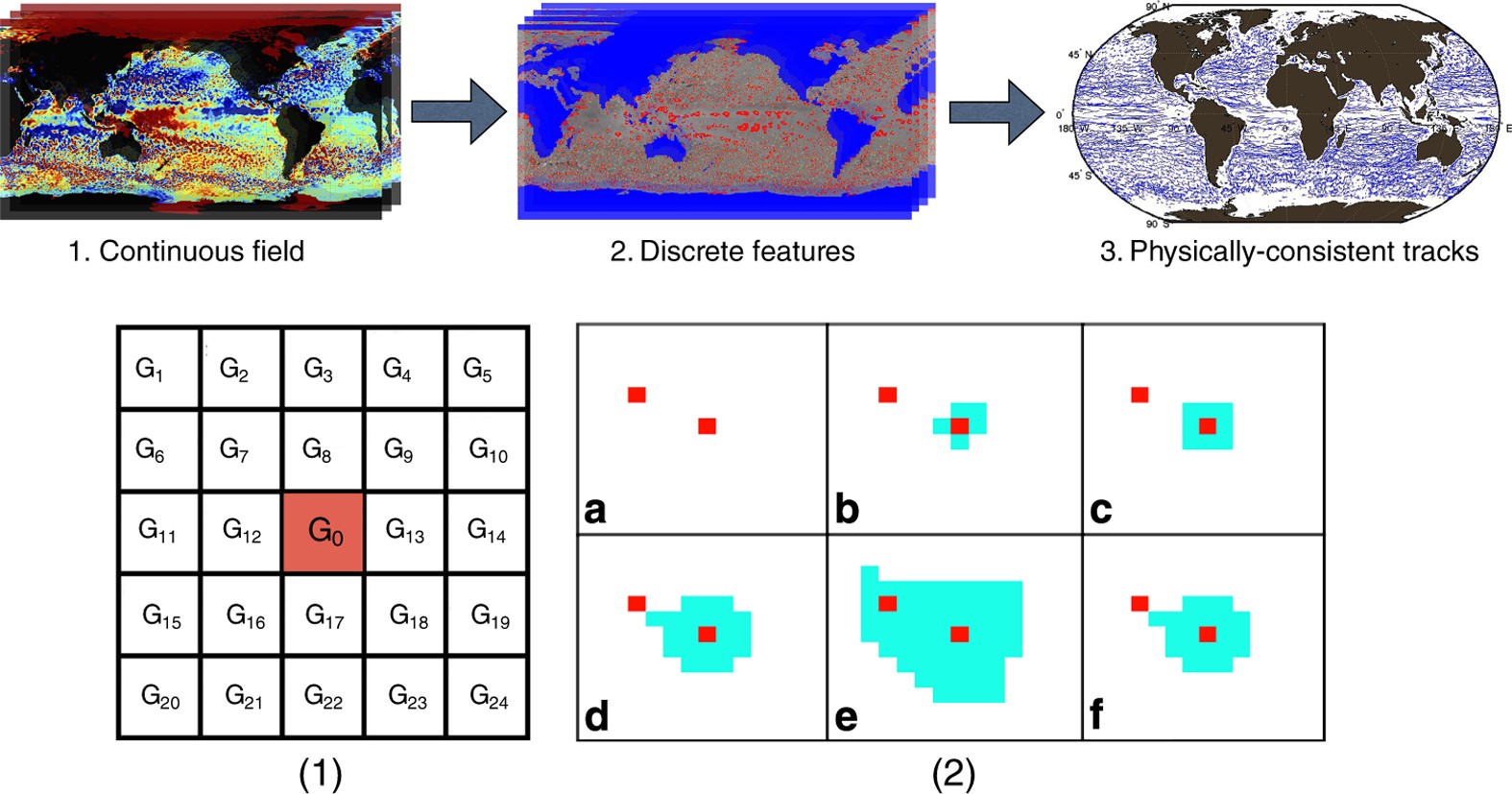

#DATA ANALYSIS METHODS IN PHYSICAL OCEANOGRAPHY PDF SERIES#
Chapter 5 on time series analysis is a book in itself, spanning a wide diversity of topics from stochastic processes and stationarity, coherence functions, Fourier analysis, tidal harmonic analysis, spectral and cross-spectral analysis, wavelet and other related methods for processing nonstationary data series, digital filters, and fractals. Intended for both students and established scientists, the five major chapters of the book cover data acquisition and recording, data processing and presentation, statistical methods and error handling, analysis of spatial data fields, and time series analysis methods. This second and revised edition is even more comprehensive with numerous updates, and an additional appendix on 'Convolution and Fourier transforms'. Mofjelf, August 1999.Data Analysis Methods in Physical Oceanography is a practical reference guide to established and modern data analysis techniques in earth and ocean sciences. It would be appropriate for academic and special libraries." E-Streams, Vol. Plueddemann, 1999"(.)Data Analysis Methods in Physical Oceanography is highly recommended for a wide range of readers, from the relative novice to the experienced researcher. The reader gets the benefit of extremely broad coverage and an excellent set of examples drawn from geographical observations." Oceanography, Vol. Jay, 1999"(.)In summary, this book is the most comprehensive and practical source of information on data analysis methods available to the physical oceanographer. 9, 1998"(.)This is an excellent book that I recommend highly and will definitely use for my own research and teaching." EOS Transactions, D.A. 7 appendices especially applicable to earth and ocean sciences ranging from conversion of units, through statistical tables, to terminology and non-dimensional parameters.In praise of the first edition: "(.)This is a very practical guide to the various statistical analysis methods used for obtaining information from geophysical data, with particular reference to oceanography(.) The book provides both a text for advanced students of the geophysical sciences and a useful reference volume for researchers." Aslib Book Guide Vol 63, No.A detailed overview of oceanographic instrumentation and sensors - old and new - used to collect oceanographic data.An in-depth presentation of modern techniques for the analysis of temporal and spatial data sets collected in oceanography, geophysics, and other disciplines in earth and ocean sciences.Twenty pages are devoted to references.Featuring:

The seven appendices includeunit conversions, approximation methods and nondimensional numbers used ingeophysical fluid dynamics, presentations on convolution, statisticalterminology, and distribution functions, and a number of importantstatistical tables. Chapter 5on time series analysis is a book in itself, spanning a wide diversity oftopics from stochastic processes and stationarity, coherence functions,Fourier analysis, tidal harmonic analysis, spectral and cross-spectralanalysis, wavelet and other related methods for processing nonstationarydata series, digital filters, and fractals. Intended for both students and established scientists, the fivemajor chapters of the book cover data acquisition and recording, dataprocessing and presentation, statistical methods and error handling,analysis of spatial data fields, and time series analysis methods. Genre: Earth Sciences,Books,Science & Nature,ĭata Analysis Methods in Physical Oceanography is a practical reference guide to established and modern data analysis techniques in earth and oceansciences.Title: Data Analysis Methods In Physical Oceanography.


 0 kommentar(er)
0 kommentar(er)
